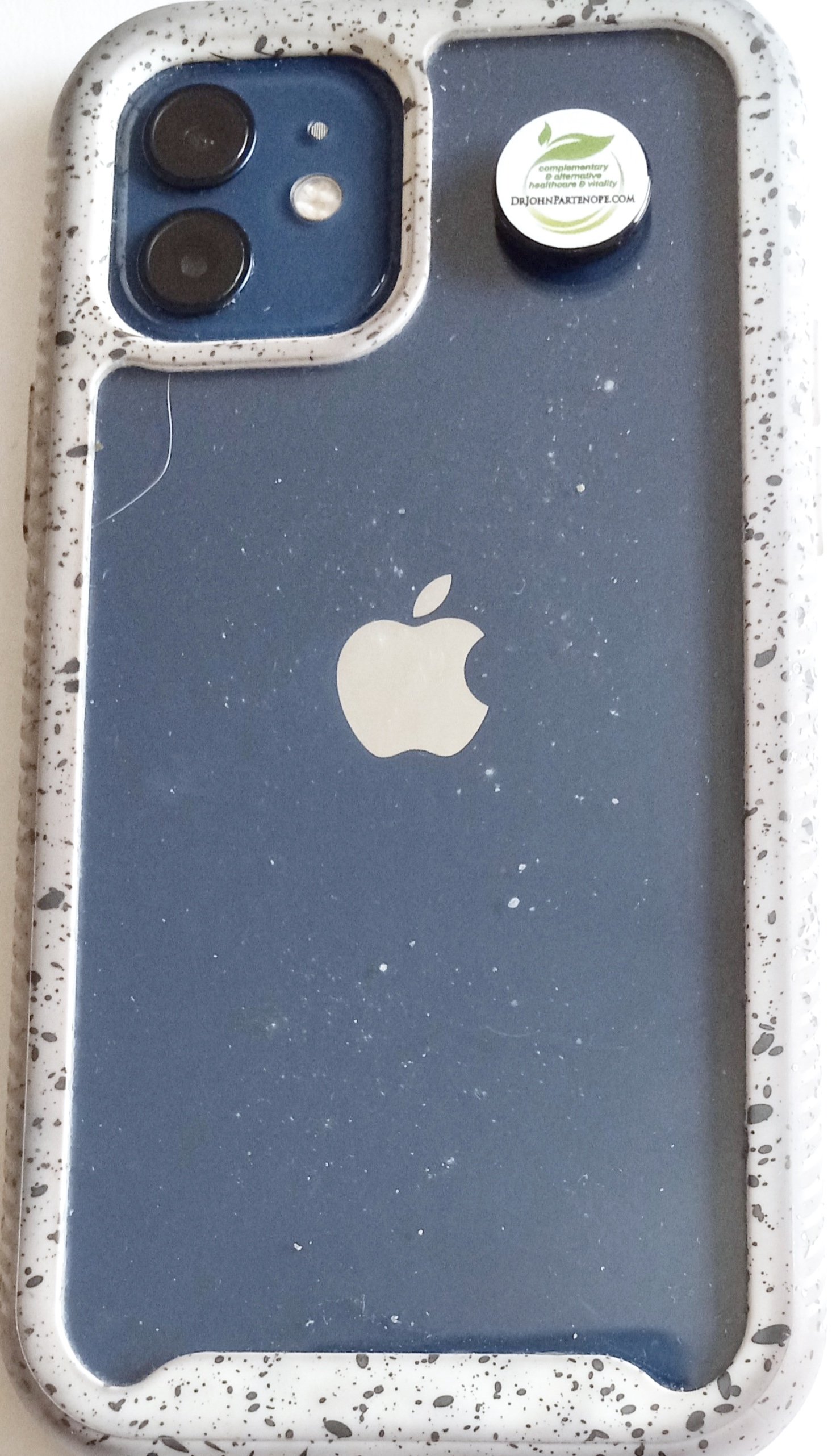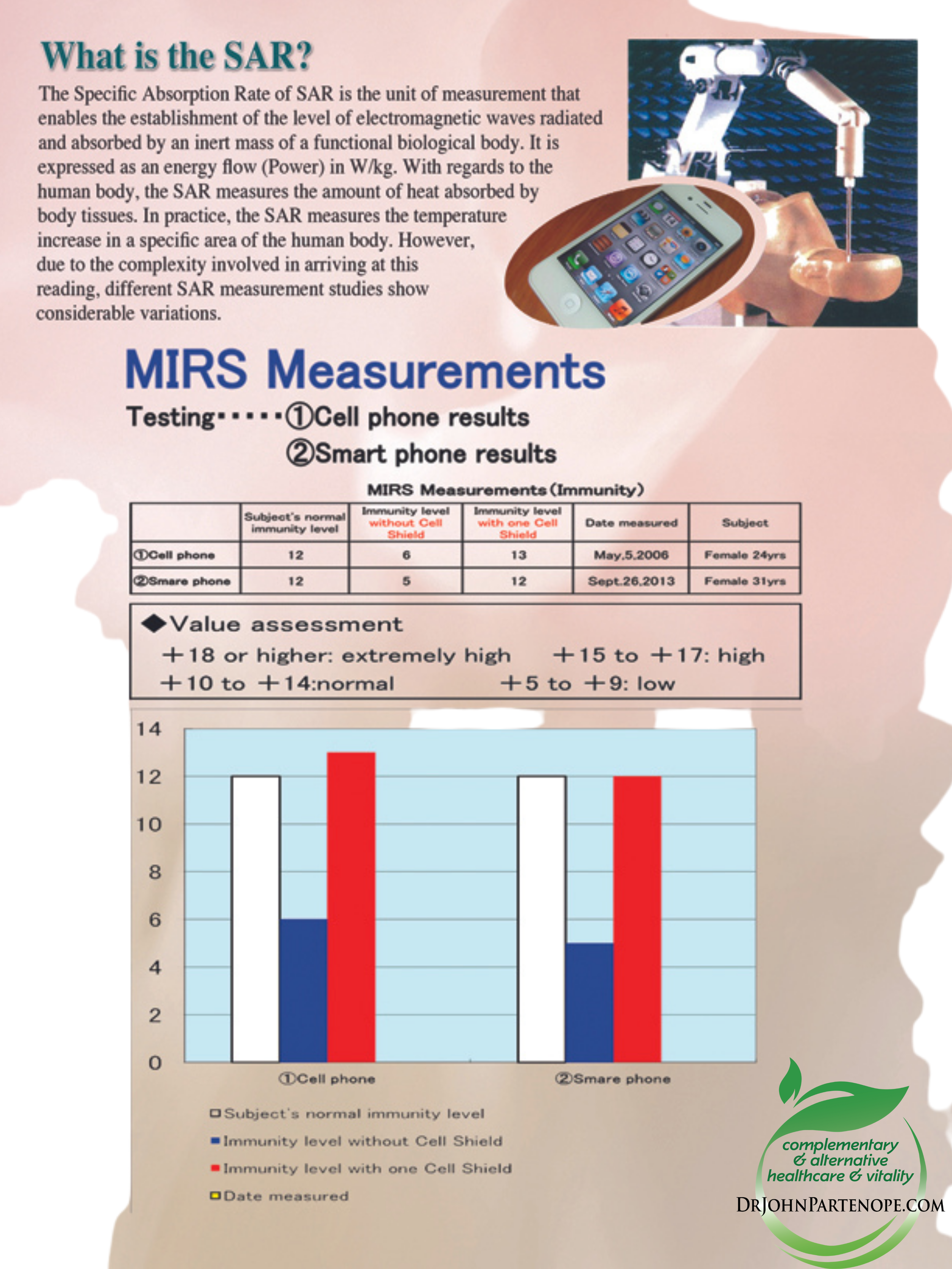EMF Cell Shield




EMF Cell Shield
Check out our electromagnetic wave absorber for mobile phones!
This small shield is made of functional materials which can absorb electromagnetic waves emitted from mobile phone antennas or wireless telephone antennas, tis oval shaped device is designed to be easilly attached to the vicinity of antennas. It is a functional absorber which reduces electromagnetic waves stuck to the human brain, containing 97.5% of specific absorption rate (SAR).
The cell shield is a ceramic calcined at 1300-1450 degrees C of high temperature, composed of 20 kinds of oxide minerals. Melted at high temperature, cell shield is a conductive electromagnetic wave absorber developed by combined technologies such as cooling by nitrogen, temperature control and material combination as magnetic and electric functions caused by chemical reaction can absorb electromagnetic waves. As the absorber permits external electromagnetic fields for microwaves and magnetic moment inside the absorber is arranged in one direction, it uniformly moves to the same phase. When high frequency magnetic field is verticaly added to magnetized electrostatic field in a stationary state, magnetization movement starts to rotate. This rotation has the unique cycle determined by added electrostatic field and resonance is caused with the unique cycle is in accord with the cycle of high frequency magnetic field. This is called “magnetic resonance” which is a principle used for absorption in cell shield.
What is the SAR? The specific absorption rate or SAR is the unit of measurement that enables the establishment of the level of electromagnetic waves radiated and absorbed by an inert mass of a functional biological body. It is expressed as an energy flow (Power) in W/kg. With regards to the human body, the SAR measures the amount of heat absorbed by body tissues. In practice, the SAR measures the temperature increase in a specific area of the human body. However, due to the complexity involved in arriving at this reading, differing SAR measurement studies show considerable variations.
